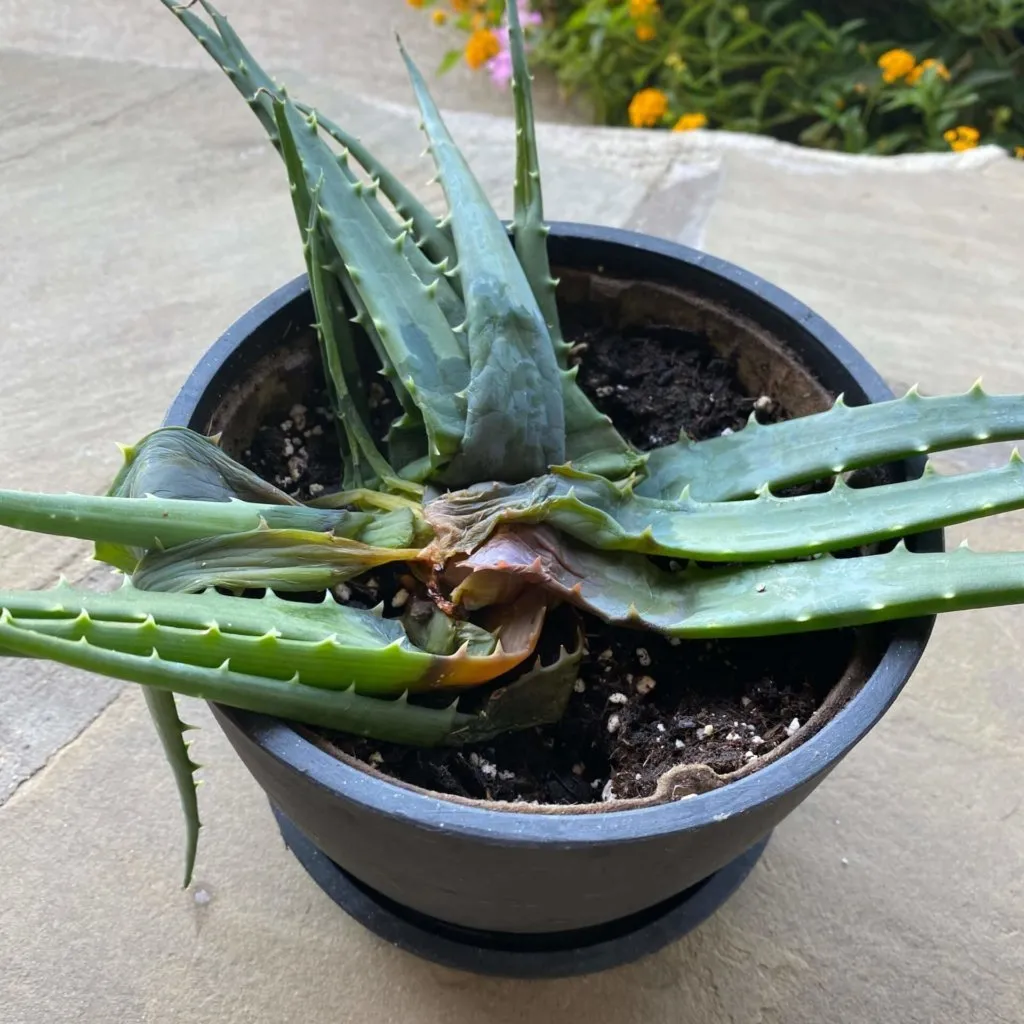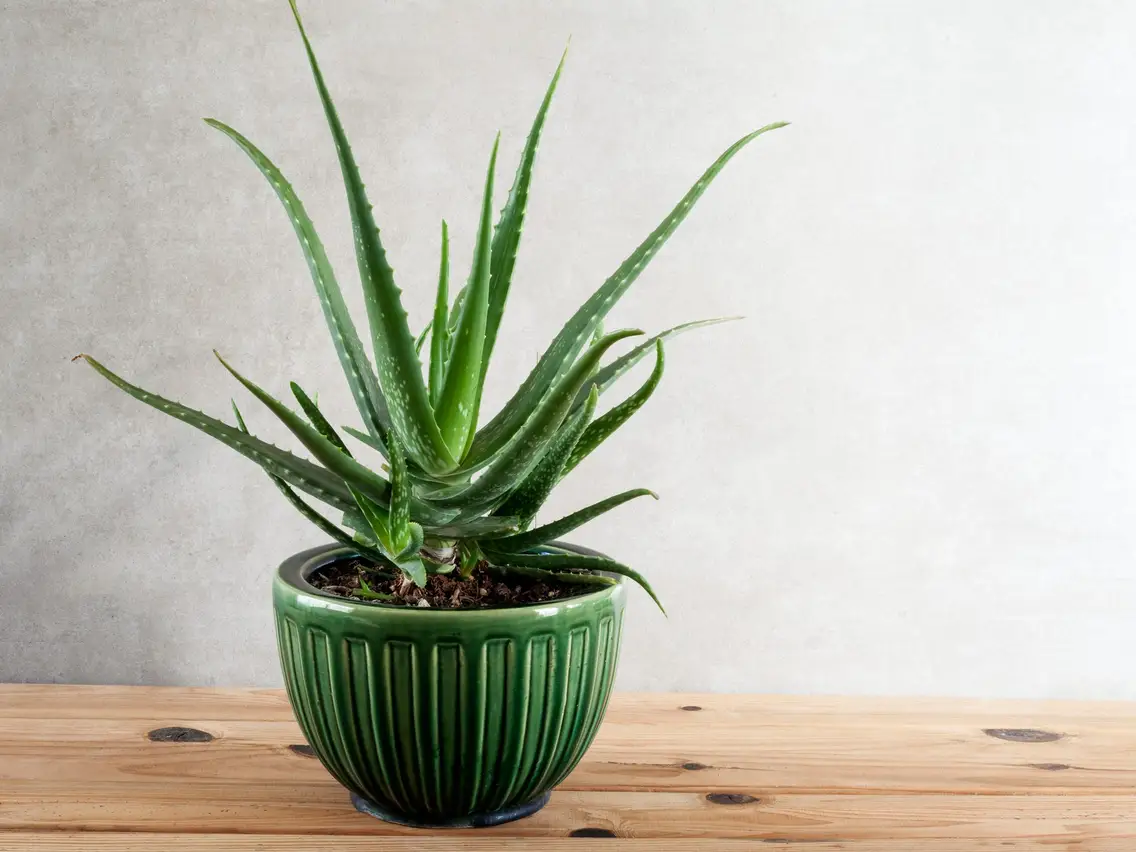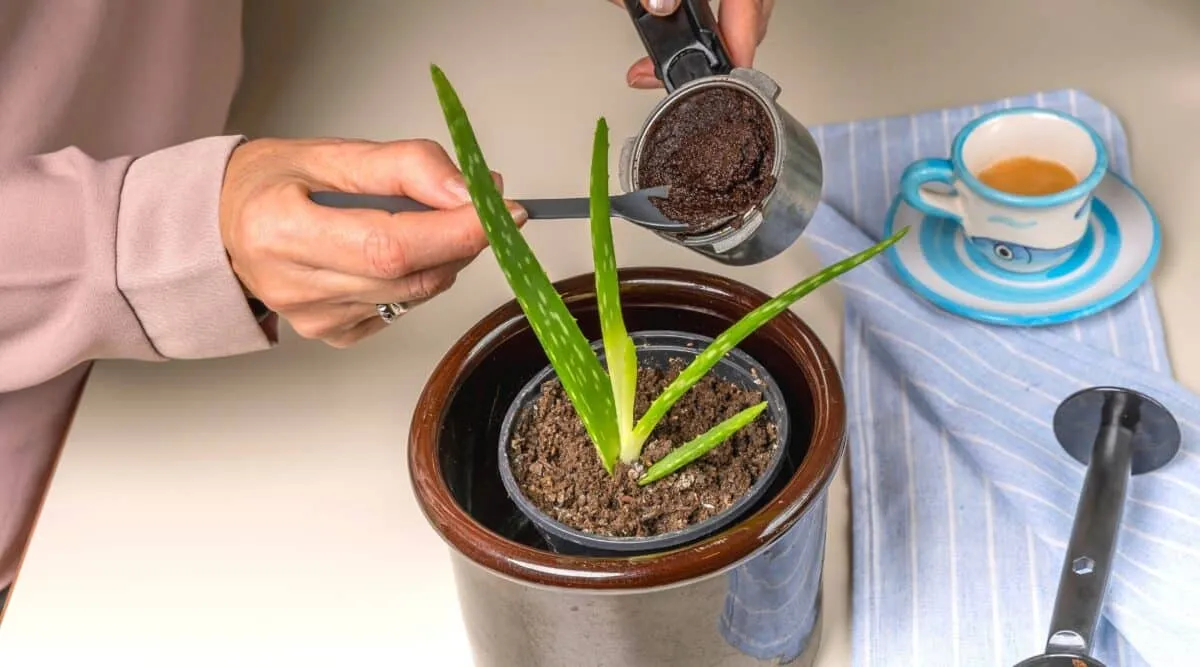Aloe vera is a popular houseplant known for its medicinal properties and attractive appearance. However, many people make mistakes when caring for their aloe vera plants, which can lead to poor growth, leaf discoloration, or even death. In this article, we’ll discuss eight common mistakes you might be making with your aloe vera plants and how to avoid them.
1. Overwatering

Overwatering Aloe vera plants are succulents that store water in their leaves, making them tolerant of drought conditions. Overwatering is one of the most common mistakes people make with aloe vera plants, as it can lead to root rot and other problems. It’s essential to allow the soil to dry out completely before watering your aloe vera plant. In general, it’s best to water aloe vera plants every three to four weeks, or when the soil is completely dry.
2. Underwatering
Underwatering While overwatering can be harmful, underwatering can be just as damaging to aloe vera plants. When aloe vera plants don’t receive enough water, their leaves may become shriveled or discolored. Make sure to water your aloe vera plant regularly, but don’t overdo it.
3. Using the wrong soil Aloe vera
Using the wrong soil Aloe vera plants require well-draining soil to prevent root rot. If you use a heavy or clay-based soil, it can retain too much moisture and cause problems for your plant. Instead, use a potting mix specifically formulated for cacti and succulents, or make your own by mixing sand, perlite, and peat moss.
4. Placing the plant in low-light conditions

Placing the plant in low-light conditions Aloe vera plants require bright, indirect sunlight to thrive. If you place your plant in a low-light area, it may not receive enough light to grow properly, and its leaves may become pale or yellowish. Place your aloe vera plant near a window that receives plenty of sunlight, but avoid direct sunlight, which can burn the leaves.
5. Not providing enough space
Not providing enough space Aloe vera plants can grow quite large, and they require plenty of space to spread out their roots. If you keep your plant in a small pot, it may become root-bound, which can limit its growth and cause other problems. Make sure to provide enough space for your aloe vera plant to grow by choosing a pot that’s at least two inches wider than the plant’s current pot.
6. Ignoring pests
Ignoring pests Aloe vera plants are susceptible to pests like mealybugs, spider mites, and scale insects. If you notice any signs of pest infestation, such as small white or brown bumps on the leaves or stems, take action immediately. Use a neem oil or insecticidal soap spray to kill the pests, and isolate the plant from other plants to prevent the infestation from spreading.
7. Incorrect Fertilizing

Not fertilizing While aloe vera plants don’t require frequent fertilization, they do benefit from occasional feeding. Use a balanced, water-soluble fertilizer once every three to four months during the growing season to promote healthy growth and vibrant foliage.
8. Repotting at the wrong time
Repotting at the wrong time Aloe vera plants don’t need to be repotted frequently, but they do require repotting every two to three years to prevent root-bound conditions. However, it’s essential to repot your plant at the right time. The best time to repot an aloe vera plant is in the spring, just as it begins its active growth phase. Avoid repotting in the fall or winter when the plant is dormant, as this can cause stress and damage to the roots.
It may seem daunting to care for aloe vera at home, but really and truly, aloe is one of the easiest houseplants to care for. As long as you provide bright sunlight, water when it’s needed, average household temperatures, and the right soil in a draining container, your aloe growing adventure should be a great success.
